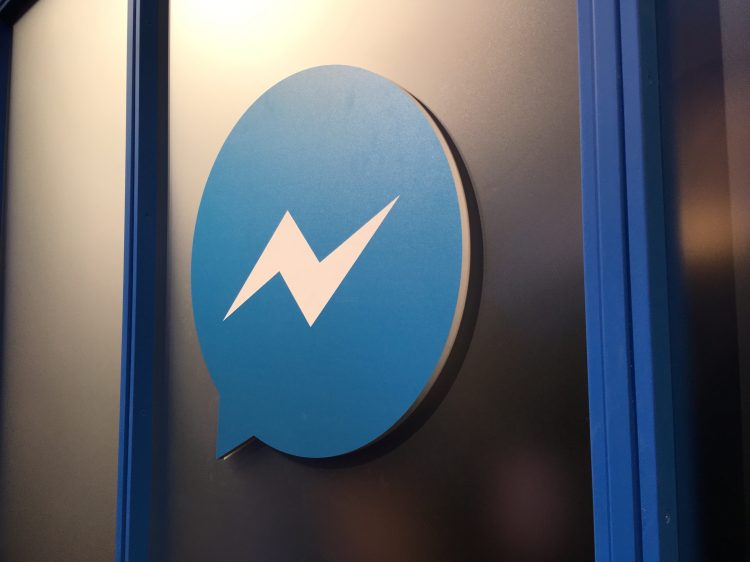Watch all the Transform 2020 sessions on-demand here.
Facebook has released a Messenger platform update giving bot developers greater flexibility and control over how they want the app experience to be for users. Included in version 1.4 is a redesigned persistent menu that supports multiple nested items and allows better workflows and experiences, thanks to its integration with webviews. Developers can access this capability today, but it will become visible to users over the next two weeks.
In addition, Facebook has also launched new ways to share content within Messenger, updated its customer matching feature for businesses, and enhanced various APIs, including the ones around Messenger profiles, codes, app analytics, and attachments.
Redesigned persistent menu
We know that bots have been largely overhyped, and that there’s a desire to showcase the true value of these applications within messaging apps. When the Facebook Messenger platform opened up to bots last year, the navigation and menu options that developers could include were basic, requiring users to remember text commands (“To see more, type NEXT”). In July, the company introduced its persistent menu to enhance this experience and provide buttons to navigate through the bot. It initially supported five custom actions.
June 5th: The AI Audit in NYC
Join us next week in NYC to engage with top executive leaders, delving into strategies for auditing AI models to ensure fairness, optimal performance, and ethical compliance across diverse organizations. Secure your attendance for this exclusive invite-only event.
Fast forward to today and Facebook has made the Messenger menu more robust. Developers now have the ability to hide the composer and create the experience they want within the conversational app without needing to interpret text inputted by the user. Think of it this way: Version 1.1 offered the equivalent of a static navigation menu you’d see on a website. Now, developers can bring dynamic and contextual menu options so if you’re browsing clothing in one instance, the subsequent menus could be tailored to other apparel, while in another instance the menu might lead to checkout.
Facebook Messenger also now supports webview, a technology that enables mobile apps to be built using web technologies, which means developers have more flexibility when it comes to workflows. With it, users can open third-party apps linked in a chat and not feel like they’re leaving the Messenger environment — it all becomes more seamless.
Other updates
Developers are now provided additional capabilities when it comes to helping users share content within their bots. Previously, Facebook only allowed developers to include a share button on messages. But today, developers can customize the image, message, and share button that appears when users want to pass something along to their friends and family through the bot. A link to the bot’s website can also be included. This could likely help in accelerating adoption of these applications instead of having them languish, waiting to be discovered.
Facebook has also added support for deep links to allow custom message sharing within bots. Developers can link shared messages directly to their bots by coding a button with their m.me URL. Recipients who click on these links will open a conversation with a bot, and developers can customize specific actions inside the bot based on where the user enters.
Facebook Messenger has also improved its customer-matching capability to now incorporate a customer’s first and last name along with the phone number. In doing so, Facebook seeks to improve accuracy so when conversations between business and customer start in SMS and then move to Messenger, businesses will know they’re talking to the same customer.
Although Facebook’s Messenger platform is seeing interest, it has been slow to meet the needs of developers. Perhaps that’s largely because of resourcing — yes, even big companies are affected by that. But we are likely starting to see Facebook shifting gears, taking the training wheels off of its developer offering to provide the bot community with more freedom to pursue their visions of what a bot should be.


